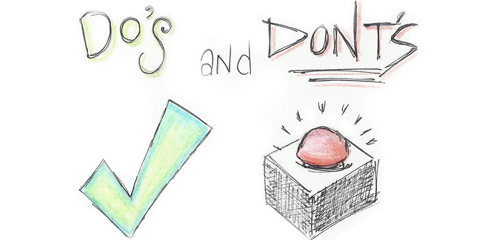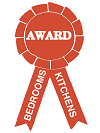Granite is a beautiful and hard wearing natural stone (even harder than marble or limestone) which complements any kitchen design with a unique finish, but how do you maintain its showroom finish throughout the years?
It’s all about the Do’s and Don’ts:
Cleaning Do’s:
- Because granite is a porous rock, it is sealed before it leaves the factory to prevent any staining or damage caused by water, salts and oils. So the trick is to clean regularly with a basin of hot water mixed with a few drops of washing up liquid or antibacterial detergent mixed in.
- Then wipe down with clean water and buff to a shine with a micro fibre cloth.
- If a deeper clean is required, special granite cleaning sprays are available on the internet or through our offices. These sprays are formulated to clean your granite thoroughly without affecting the integrity of the sealant.
Cleaning Don’ts:
- Avoid the temptation to use window cleaner or antibacterial sprays on your countertop as these can leave behind a residue which will show up when a hot cup is placed down.
- Do not use acidic, abrasive, wax or bleach based household cleaners on your granite. Acidic cleaners like vinegar can break down the sealant prematurely.
Maintenance:
- Even though granite is extremely hard and durable, chipping can still occur when heavy objects are dropped on the surface or edge.
- Hair line cracks can occur when hot pots or pans are placed on the worktop straight from oven or hob. This is due to the rapid change in temperature (thermal shock) so it’s a good idea to have a few protective mats or chopping boards close at hand.
- Don’t cut directly on the work surface. Always use a chopping board.
- Despite its strength, granite will still have a few weak spots due to its weight and inflexibility. These spots would be where a cut out has been made e.g. the sink or hob area. So best practice is not to stand on the counter (even when painting those hard to reach spots).
- Staining can still occur if spills are left to sit on the counter for too long, so don’t forget to wipe them up promptly.
- Use mats under ceramic objects to avoid scratching the surface.
The science bit:
Granite is a hard natural igneous rock. The principle constituents of granite are, feldspar, quartz biotite and other minerals. Its various unique colours, textures, shades and patterns are a result of the minerals melting into the liquid mass in the formation process.
How to clean and maintain your granite counter tops
